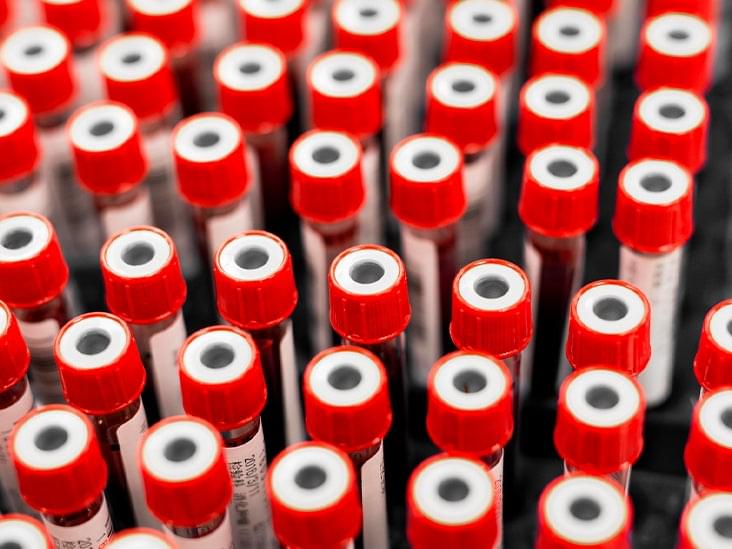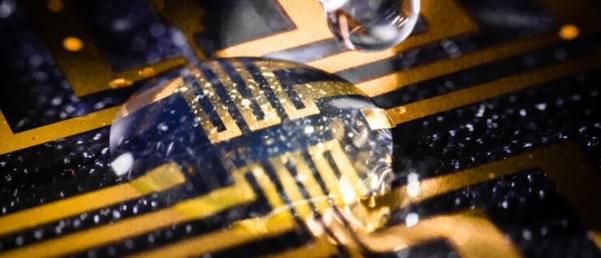Scientists are abandoning conventional thinking to search for extraterrestrial creatures that bear little resemblance to Earthlings.


High-performance, realistic computer simulations are crucially important for science and engineering, even allowing scientists to predict how individual molecules will behave.
Watch the Q&A here: https://youtu.be/aRGH5lC0pLc.
Subscribe for regular science videos: http://bit.ly/RiSubscRibe.
Scientists have always used models. Since the ancient Ptolemaic model of the universe through to renaissance astrolabes, models have mapped out the consequences of predictions. They allow scientists to explore indirectly worlds which they could never access.
Join Sir Richard Catlow as he explores how high-performance computer simulations have transformed the way scientists comprehend our world. From testing hypotheses at planetary scale to developing a personalised approach for the fight against Covid.
0.00 Intro and history of scientific modelling.
7.34 Examples of computer models in science and engineering.
16:10 Modelling molecules and materials.
20:25 Using modelling for crystallography.
28:14 Genetic algorithms for predicting crystal structures.
32:32 Lawrence Bragg and the bubble raft.
36:24 High performance computer modelling of materials.
41:18 Modelling of nanostructures and nanoparticles.
44:34 High energy density batteries.
51:04 Three challenges for modelling.
This Discourse was recorded at the Ri on 27 May 2022.

The health of the heart and blood vessels is vital to body function. Early screening can help people understand their risks and potentially prevent adverse health outcomes.
Testing cholesterol levels is important, but another test can further help identify the risk for cardiovascular disease: apolipoprotein B-100 (ApoB) levels. This protein helps transport cholesterol throughout the body.
Testing for the level of this protein in the blood may help identify people who are more at risk for cardiovascular disease, even when cholesterol levels are normal.


A recent scientific breakthrough could see electricity being generated using nothing but the atmosphere, with perhaps a little added hydrogen.
The process involves an enzyme made by bacteria to help them grow and survive in environments including volcanic craters and Antarctica. The enzyme, called Huc, has been found to produce a small electrical current by consuming hydrogen in the air as a source of energy, researchers said in a paper published Wednesday in scientific journal Nature.


In the Saudi Arabian desert, the Al Naslaa rock formation looks completely unnatural. Its perfectly vertical split remains a mystery.

A new study has taken ‘biotechnology’ to a whole new level. Researchers have developed a gel that facilitates electrode growth in zebrafish and medicinal leech tissues.
Researchers from Linköping, Lund and Gothenburg universities (all Sweden) have developed a gel that becomes electrically conductive when injected into tissue, relying on molecules found in the body to trigger conductivity. This could lead to the development of further human–machine integrations that can help us understand complex biological functions and fight disease.
Previously, combining bioelectronics with living organisms’ signaling systems has been difficult and often relied on external signals, such as light or electrical energy. The current study’s bioelectronic gel bypasses these issues by being flexible and soft enough to interact with tissues while remaining sturdy enough to be injectable; additionally, the gel requires no external signals to become electrically conductive. Instead, the body’s endogenous molecular signals are enough for activation.
